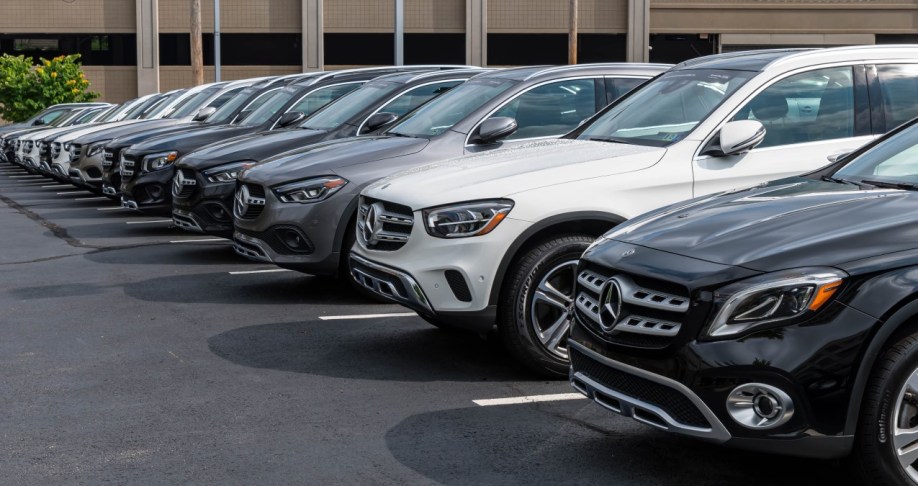
It’s over. You have options.
In March, the average price paid for a new car fell below the manufacturer’s suggested retail price (MSRP) for the first time in 20 months.
The average transaction price paid for a new vehicle in the United States declined in March 2023 to $48,008, according to Kelley Blue Book data. That’s a month-over-month decrease of 1.1%.
More importantly, though, it means Americans paid less than the sticker price displayed on the window.
More Cars on Lots Means Discounts
Manufacturer incentives – the discounts and cash-back offers radio announcers describe with too much excitement – made a return. Incentives made up 3.2% of the average transaction – good for a discount of about $1,516.
Why? Because increasing inventory is giving some power back to the buyer. “We’ve been anticipating transaction price declines as inventory has steadily improved and choice has expanded,” says Rebecca Rydzewski, research manager of economic and industry insights for Cox Automotive. “More vehicles on dealer lots – and on their competitors’ lots – means dealers simply don’t have the pricing power they did six months ago.”
Cox Automotive is the parent company of Kelley Blue Book.
Related: Automakers Are Piling Up Full-Size Truck Supply. Will Incentives Return?
Affordable Car Shoppers Had It Best
Non-luxury buyers paid an average of $44,182.
The price drop showed up at nearly every sales lot. Chevrolet, Chrysler, Dodge, Ford, Hyundai, Kia, Nissan, and Volkswagen all saw their average price decline between 0.2% to 3.8% month over month in March.
Honda and Kia dealers still charged an average of 3% to 6% over sticker.
Luxury Prices Falling Slower
Luxury buyers saw less of an improvement. They paid an average of $65,202 – just $9 less than in February. And a lot of people paid that price. Luxury vehicles made up 18.2% of total sales – historically high but down from the record of 19.3% set in January.
Entry-level luxury cars, high-end luxury cars, luxury compact SUVs, luxury mid-size SUVs, and luxury subcompact SUVs all showed price declines between 0.5% and 1.4%.
But the story wasn’t the same in every part of the showroom. Luxury cars and luxury full-size SUVs saw price increases between 0.8% and 1.6%.
EV Prices Up Despite Tesla’s Cuts
Electric vehicle prices rose slightly in March, bucking a recent trend of declines. The average EV sold for $313 more in March than in February. EV buyers paid $58,940 on average.
March’s increasing EV prices were a bit of a surprise since Tesla, the automaker with the largest share of EV sales, has cut prices three times in recent months. However, EV sales from Mercedes, Rivian, Lucid, and other brands have increased at the same time, offsetting lower-priced Tesla products.







